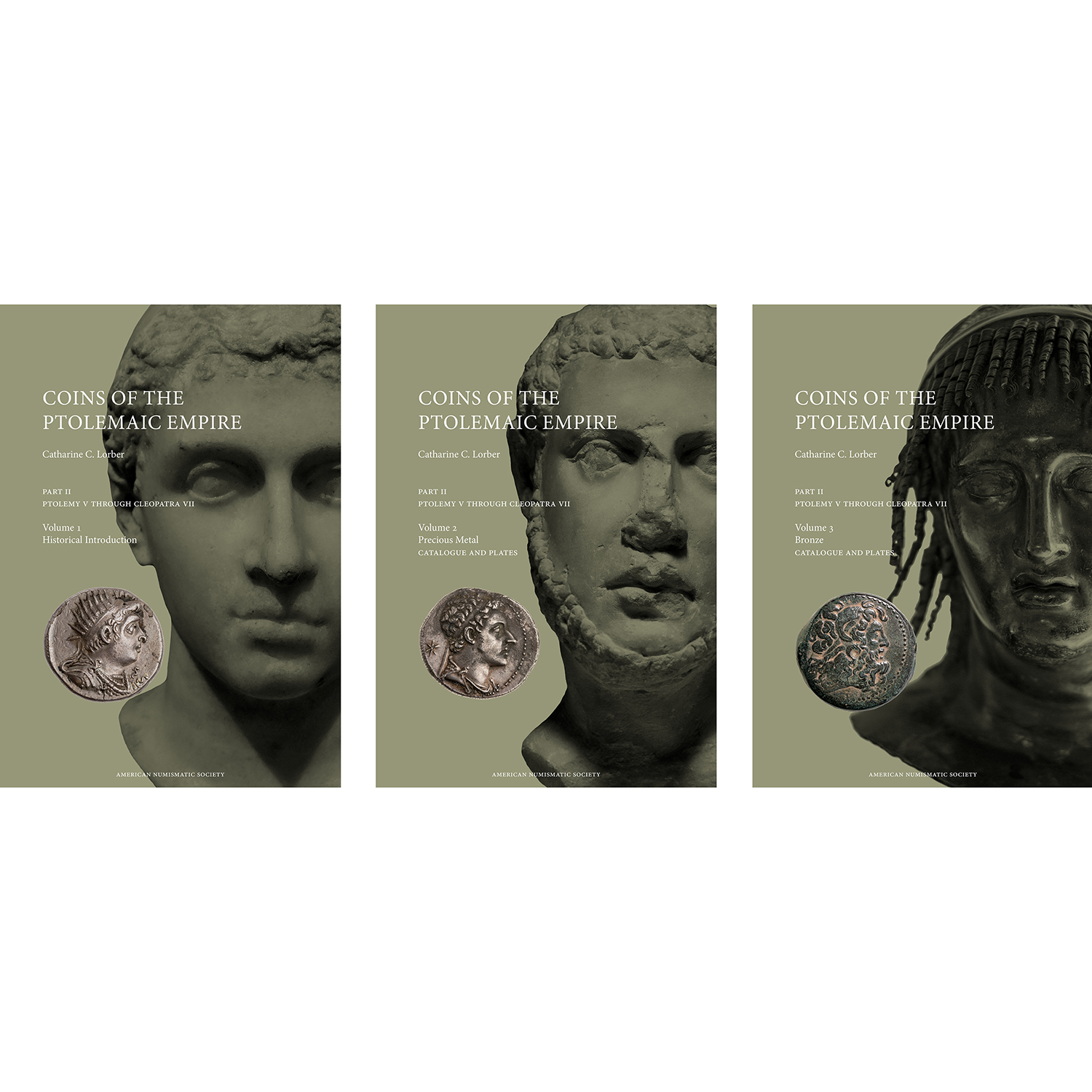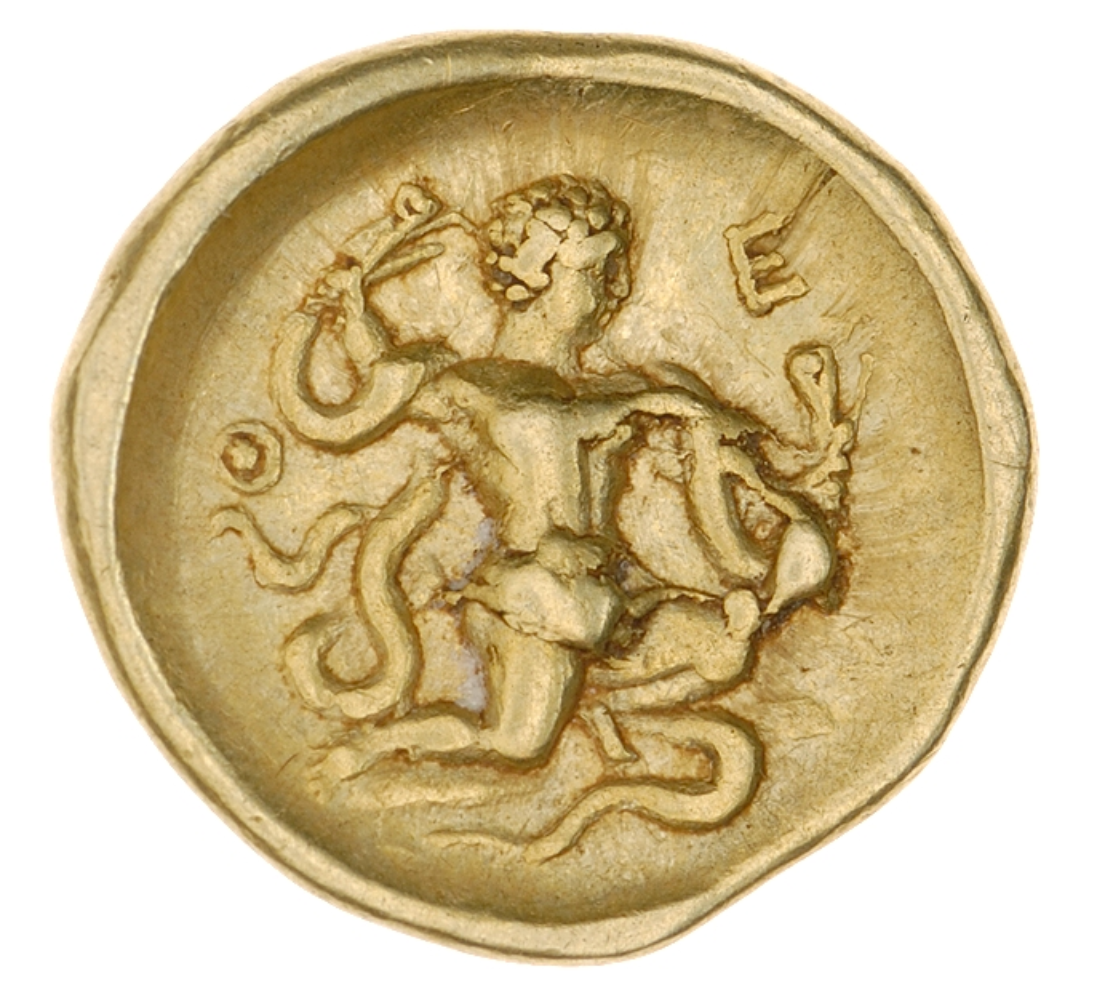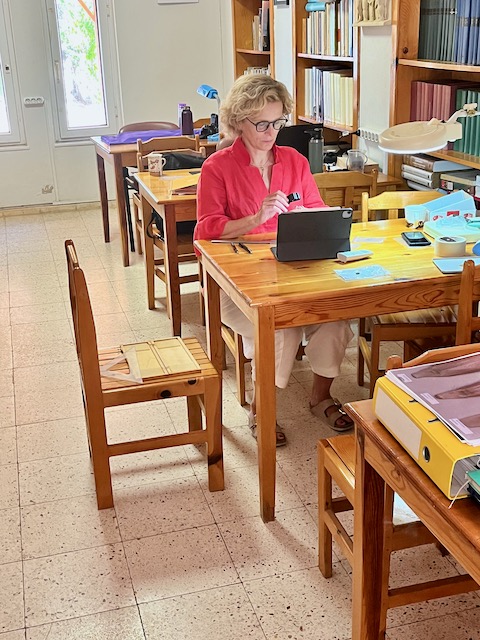Talk Amongst Yourselves
Most readers who have followed the reports in the ANS Magazine and on Pocket Change related to the development of Seleucid Coins Online over the past several years will know that there is never a shortage of interesting things to say about or do with the coinage of the Seleucid Empire (312–64 BC). However, to me one of the most fascinating aspects of Seleucid numismatics is the way that the many of the coins illustrate the interaction between the Greek and non-Greek elements in the empire. Of these, the quasi-municipal coins struck by the Phoenician cities under Antiochus IV (175–164 BC) are especially notable for their development of legends in Phoenician script to advertise themselves and jockey for position. In essence they use Seleucid coins to engage in a regional conversation among cities that would be largely unintelligible to outsiders. Although the Greek alphabet was ultimately derived from that of Phoenicia, in the Hellenistic Age, a native Phoenician was far more likely to know the Greek language—an imperial common tongue—than a Greek was to know Phoenician.
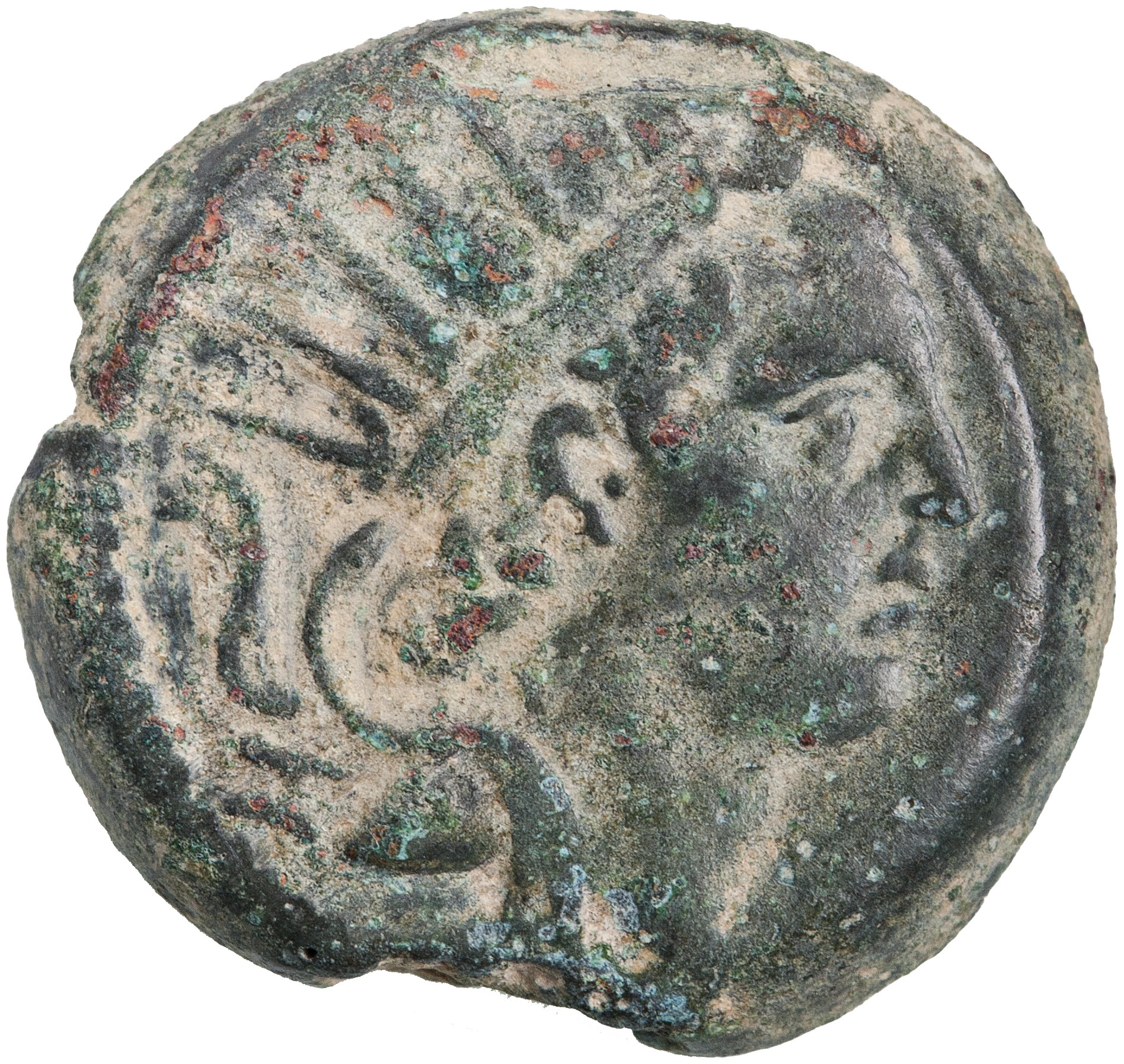
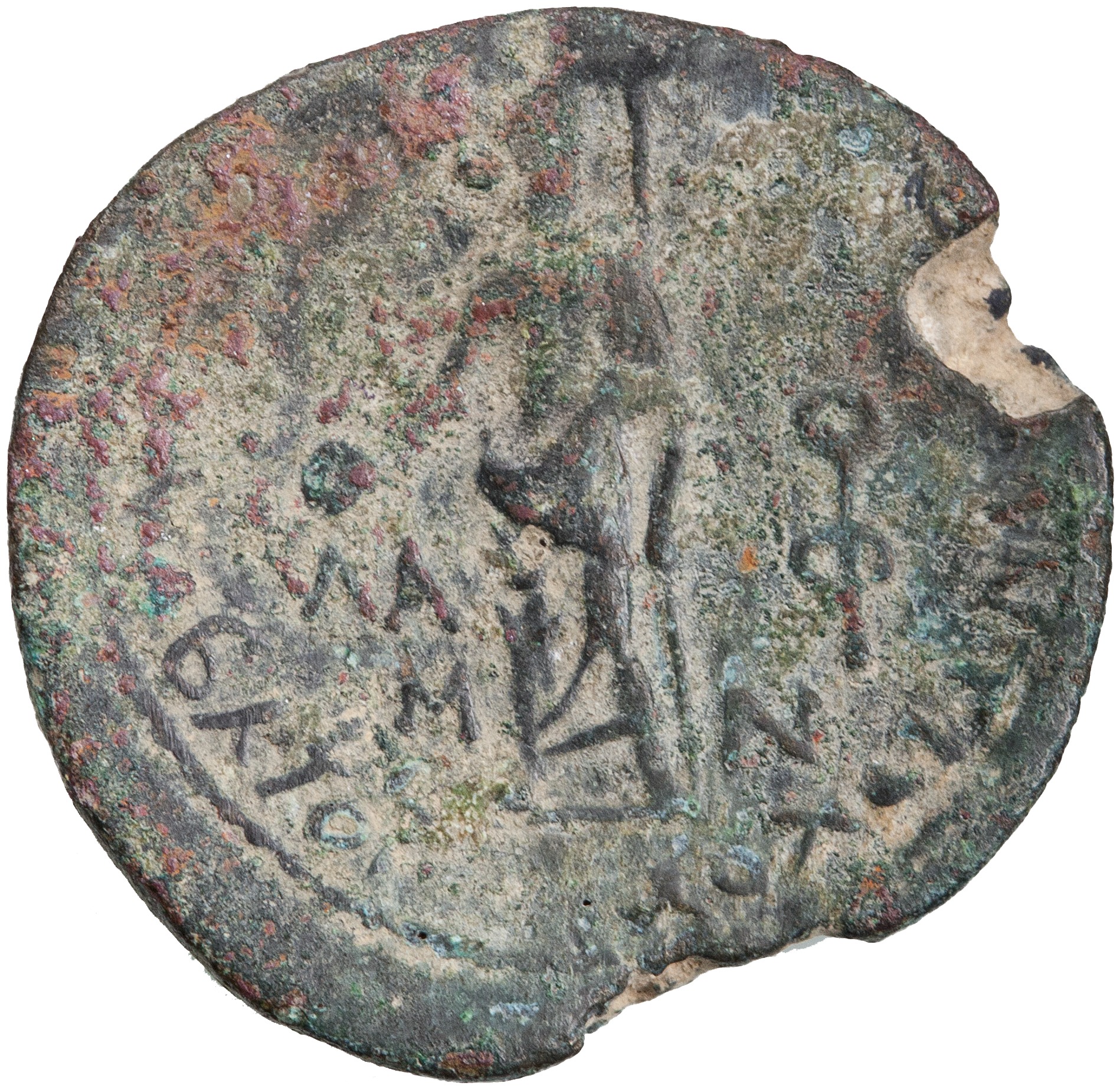
Around 169/8 BC (the earliest date known from issues of Tyre), the cities of Phoenicia began to identify themselves on Seleucid quasi-municipal bronze coins using Phoenician script. At some cities this new development was fairly innocuous. Berytus, which Antiochus IV had refounded as Laodicea in Phoenicia, describes itself in Phoenician as “Laodicea which is in Canaan” (Fig. 1; SC 1443–1445) while Byblus refers to itself as “Gebal the Holy” (Fig. 2; SC 1443–1445). Gebal was of course the native Phoenician name for Byblus, the Greek name (related to βιβλίον, “book”) apparently given to the city on account of its important role in the export of Egyptian papyrus. It is unclear whether Byblus calls itself “holy” here because it had received this status through a royal grant or whether it was holy in more general terms because it was an important center for the cult of Adonis and the syncretized god Kronos-El. As the title of holy is only ever given in Phoenician script and never written in Greek, one suspects that this was a kind of unofficial “holiness” unconnected to the benefaction of the king.

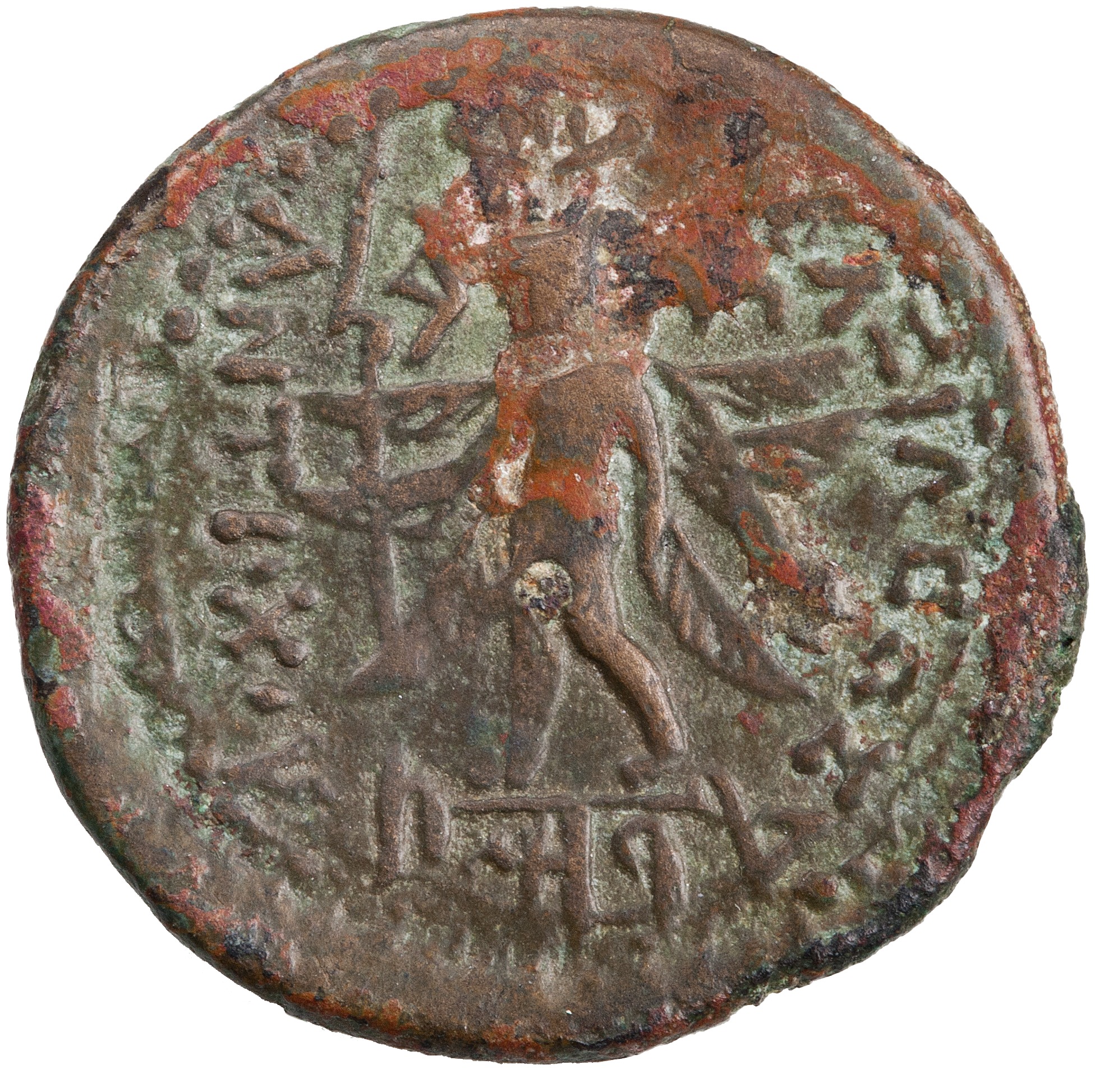
The unobjectionable tone of the Phoenician legends at Berytus and Byblus suddenly shifts, however, at Tyre and Sidon, probably beginning at Tyre. On quasi-municipal issues of this city dated SE 145 and 147 (169/8 and 166/5 BC), we do not find a mere statement of identity, but rather an assertion of regional superiority (Fig. 3; SC 1463–1469).
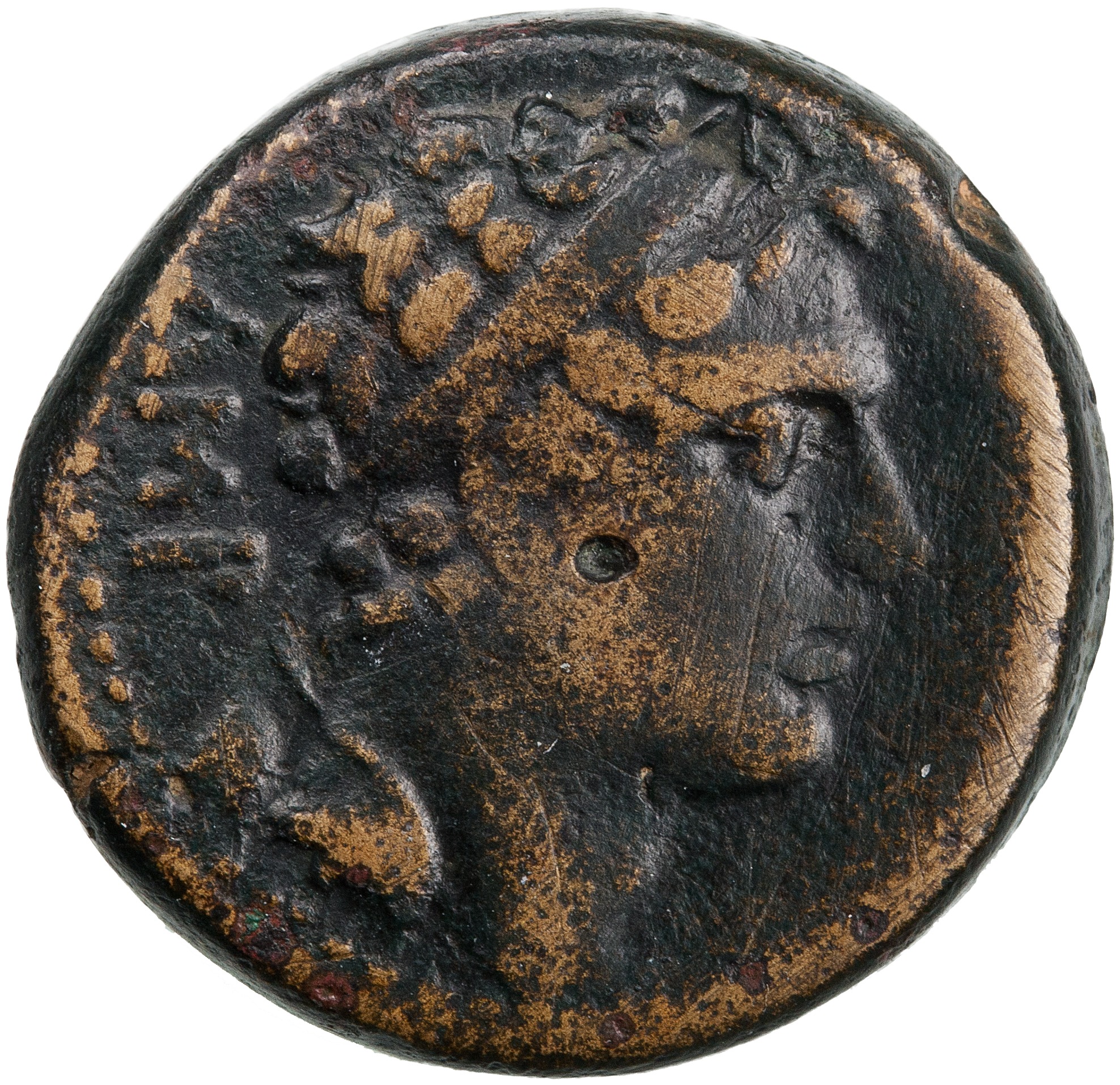
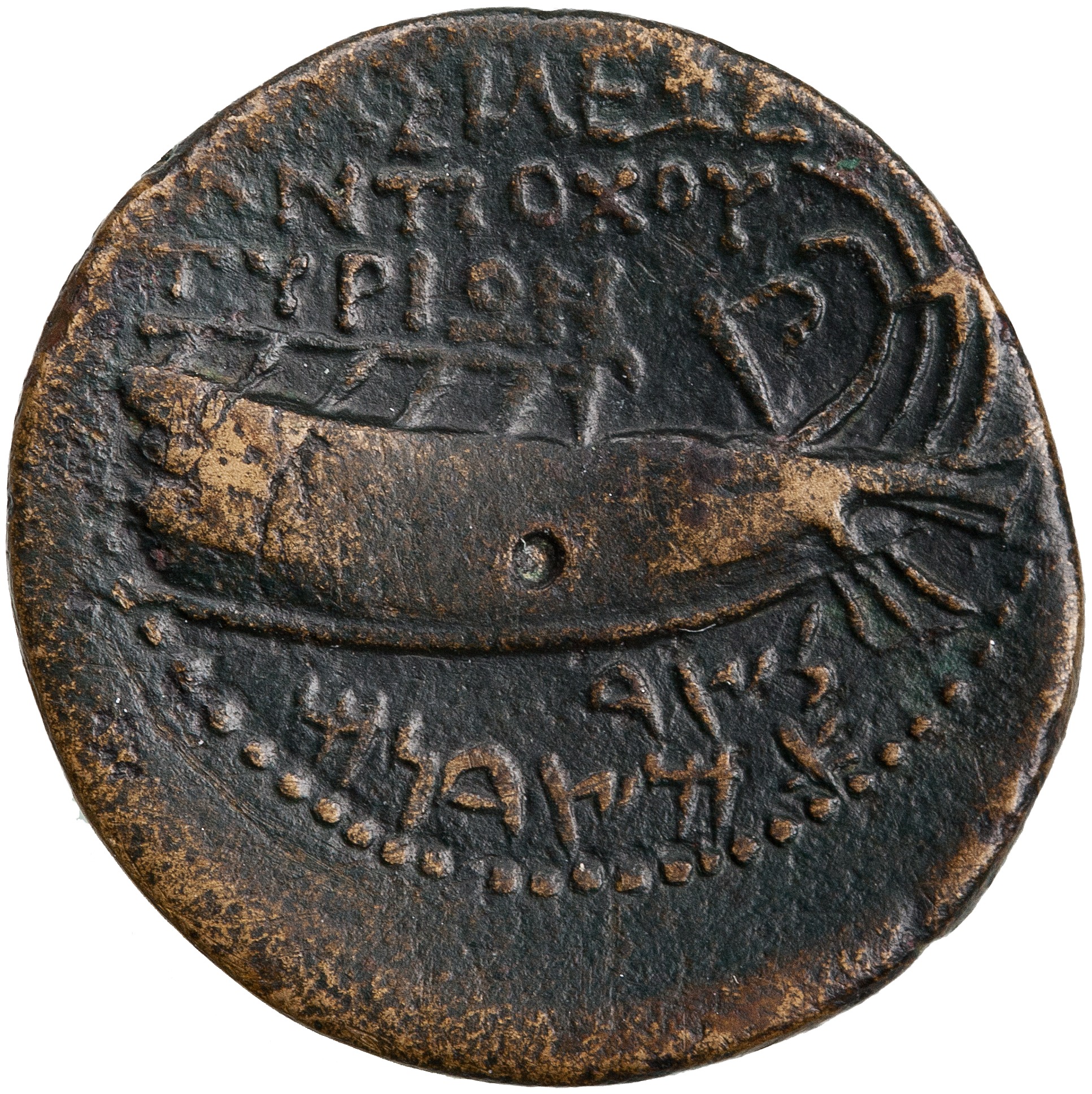
The Phoenician coin legends here indicate that the coins are “of Tyre, the mother of the Sidonians.” This was an obvious slap in the face to Sidon, Tyre’s competitor as the most important city in Phoenicia, not least because previously, in the Persian period, Sidon had served as the administrative capital of the region (Fig. 4).
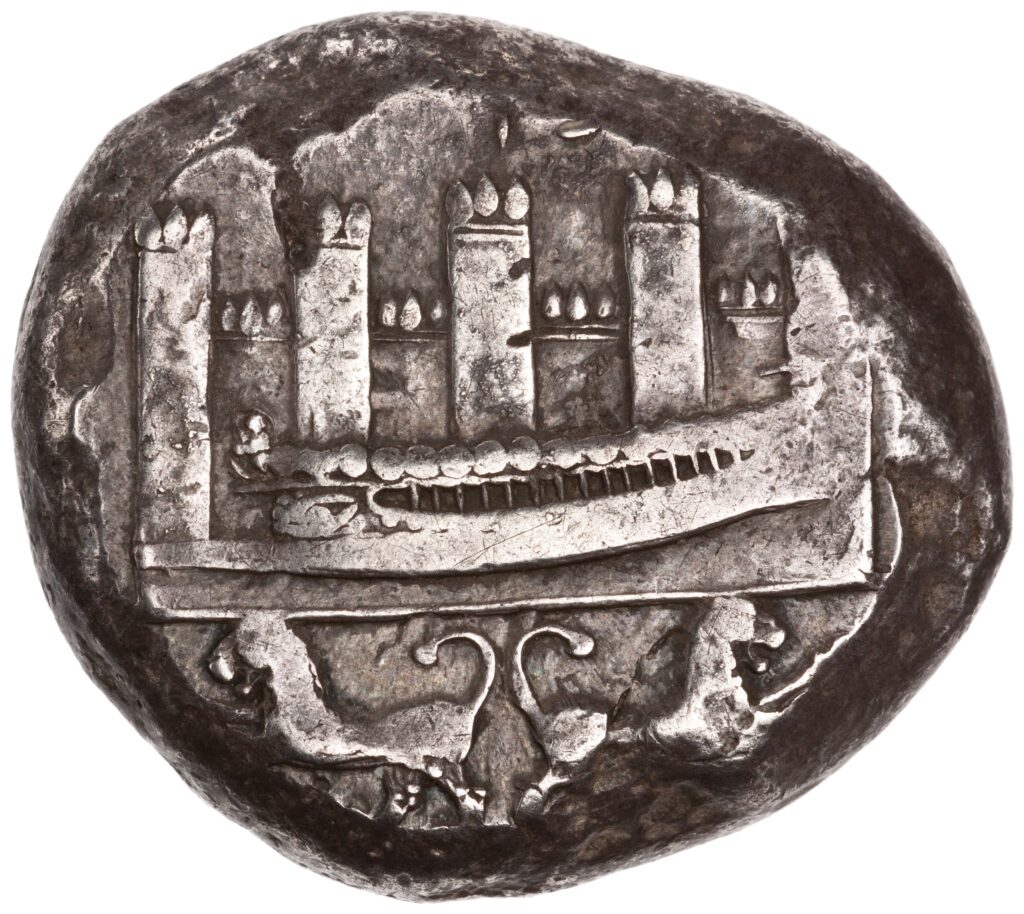
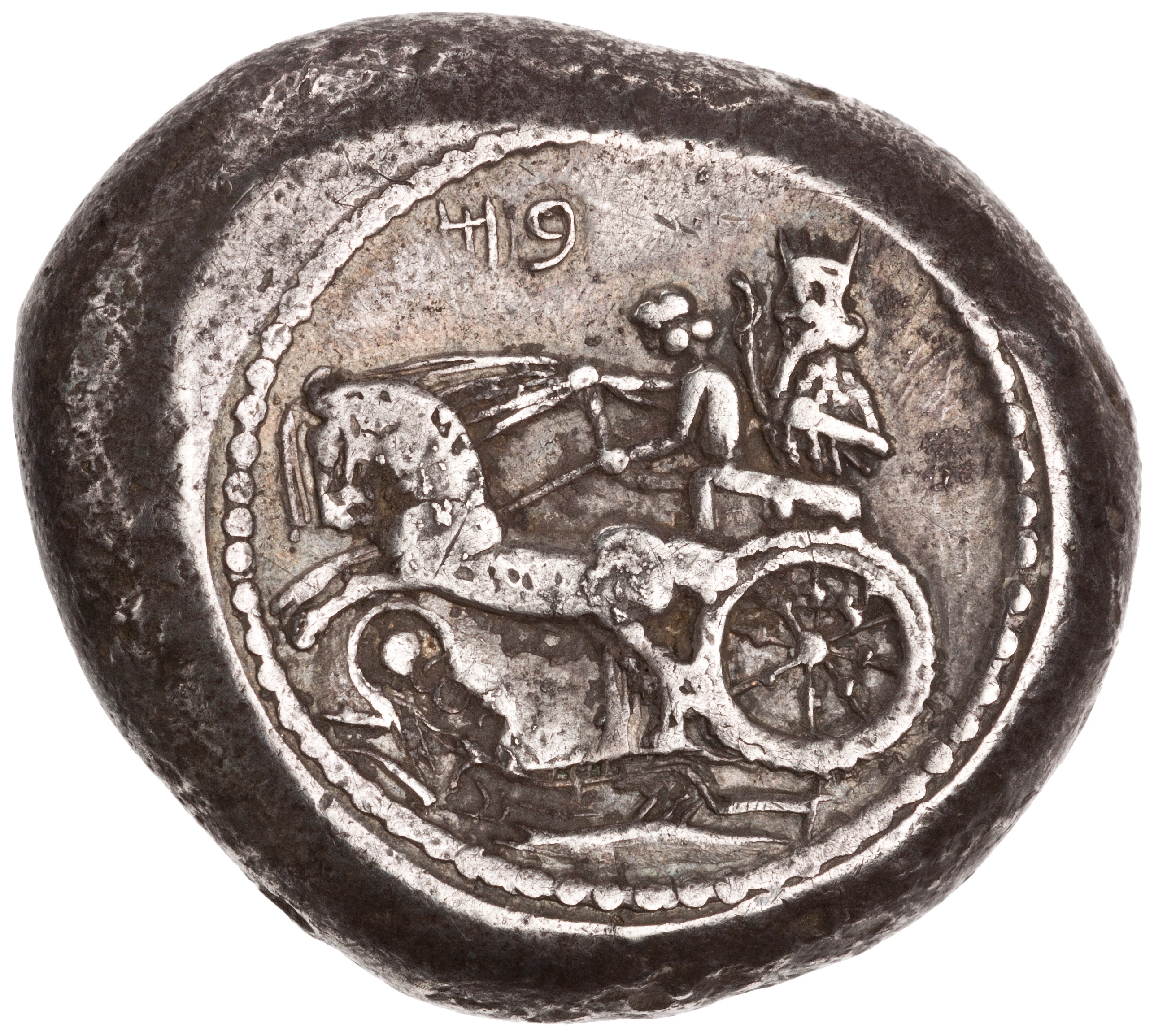
Although most coins of Sidon struck under Antiochus IV follow the pattern of Byblus and Beytus with the simple Phoenician legend identifying them as “of the Sidonians” (SC 1453, 1455–1456) it was impossible to ignore the Tyrian affront. Thus, on one series of bronze coins, the Phoenician legend reads, “of the Sidonians, the mother of Cambe, Hippone, Citium, and Tyre.” (Fig. 5; SC 1454).
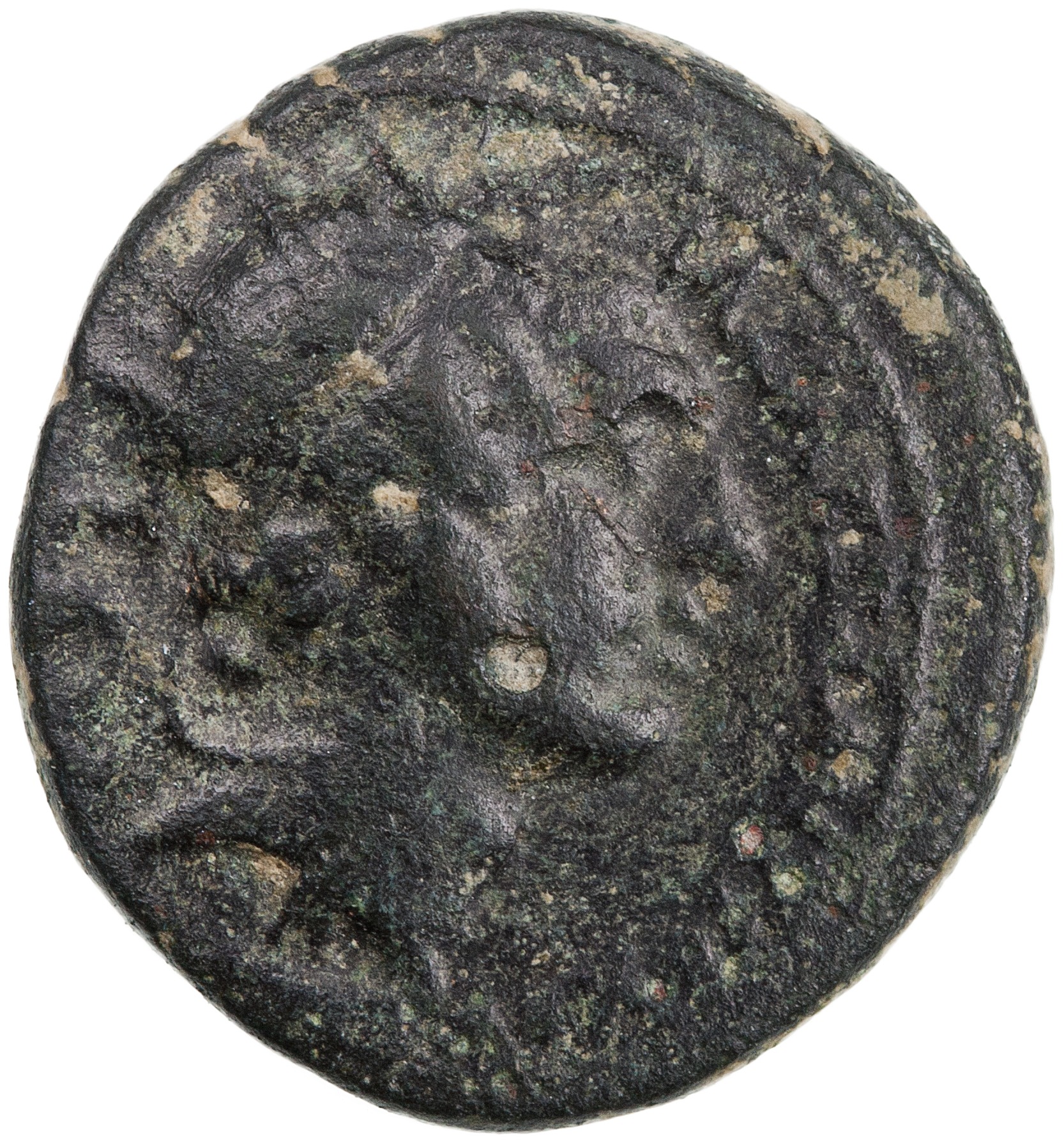

This is a very clear escalation. Whereas the Tyrians claimed to be the founders only of Sidon, here the Sidonians claim to have founded not only Tyre, but all of that city’s colonies! Cambe is a name for the more familiar Carthage, Hippone is Hippo Regius in North Africa, and Citium is the important Phoenician city on Cyprus. This Sidonian response to the Tyrian legend is notable not only for its virulence, but also for the way it dominates the entirety of the reverse type, as if it is really only incidental that it is supposed to be part of a Seleucid coin. Sidon has almost completely hijacked the coin for its own civic and regional ends whereas the Tyrian claim is somewhat more respectful of Seleucid numismatic tradition in squeezing its claim in below the reverse type and by retaining the usual Greek legends naming the king and the city. One suspects that the royal authorities may have stepped in to curb the exuberance of Tyre and Sidon in their Phoenician legends after 166/5 BC. Such extreme competition could have very negative effects and lead to inter-city violence, as actually happened in the Roman period. After the reign of Antiochus IV, Seleucid coins of Sidon and Tyre only carry basic Phoenician legends indicating that they are issues “of the Sidonians” or “of Tyre,” which suggests some degree of royal chastisement for the earlier behavior of the cities on the coinage.
The episode of Phoenician coin legends under Antiochus IV is unique for the direct engagement between Sidon and Tyre in their own language. One can really see a vibrant regional debate taking place in which the Seleucid royal authority was only incidental. The rivalry of these two cities was already very old when Alexander the Great arrived in Phoenicia in 333 BC and was still traceable in the third century AD. Kings and emperors came and went, but the argument between neighbors remained the same.


